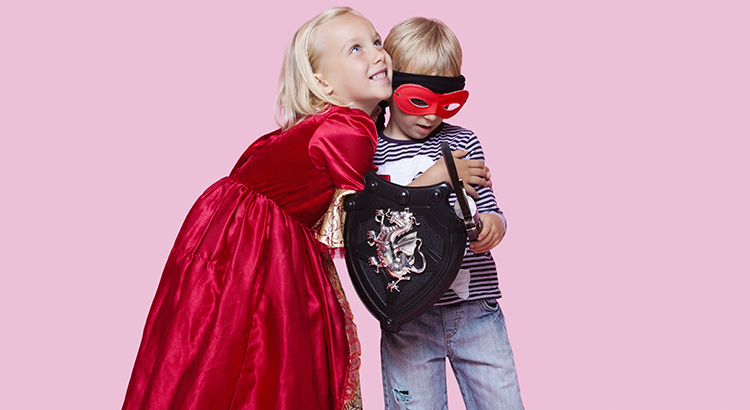Why do I buy stereotyped products for my children?
mis à jour le 14 July 2015 à 18:31Housewives and princesses for girls, handiwork play and superheroes for boys… Is it conditioned reflexes or sexist marketing?
TOYS HAVE NO GENDER
“A baby doll or a car is not reserved for a particular gender”, observes the Sociologist Mona Zegaï. Nevertheless, early conditioning by the parents who are influenced by marketing campaigns, strengthens the clichéd “girls” and “boys” toys, clothes and accessories - from bikes to baking pans. The whole with a lot of children’s photos in situation, with the eternal colour codes (pink versus blue) and separate department (girl versus boy), even arguments like “Be like your Mum” in the toy stores (vacuum cleaner, toy tea set, dolls…). In a world where one active person in two is a woman, “the social reality is suffocated by stereotypes”, confirms Mona Zegaï. Actually, we never see photos of little boys wearing a male nurse’s costume. But, there are male nurses in our hospitals and a majority of women in faculties of medicine.
SEXISM: DIVIDING TO SELL MORE
“Even if we think that equality has been on continuous progression since the 1960s, these stereotypes, which reappeared in the 1990s, are paradoxically stronger today”, notes Astrid Leray of the cabinet Trezego. This regression is explained by the influence of marketing that segments consumers: dividing to sell more, by limiting the transmission of toys or unisex clothes within a family. The pink bike of the eldest equipped with a shopping basket and a baby sling will be useless for the youngest son… The generalisation of licenses (Hello Kitty, Cars, etc.) on by-products strengthens this subdivision. “A tendency more aggravated by the hyper sexualisation of the little girls”, alerts the politician and author, Chantal Jouanno.
TWEETS AGAINST CLICHÉS
The delegation for the Senate for women’s rights offers, among 10 recommendations, a Charter of Best Practice and a system of “red card” or “Lemon award” to incite manufacturers and stores to progress. Some of them are already making changes. The Belgium toy store La Grande Récré, for example, opts for mixed colour codes (orange, green and purple) for its kitchen and cooking play. Under pressure from consumers and associations as Mix-cité in France or Pinkstinks in the United Kingdom, others are evolving. Following the example of Tesco, first British retailing group obliged to apologise following some bad publicity: a customer tweeted a photo of her livid 7-year-old daughter pointing at a superhero alarm clock “for boys”. Well, we know what we have to make.
Isabelle Soing




